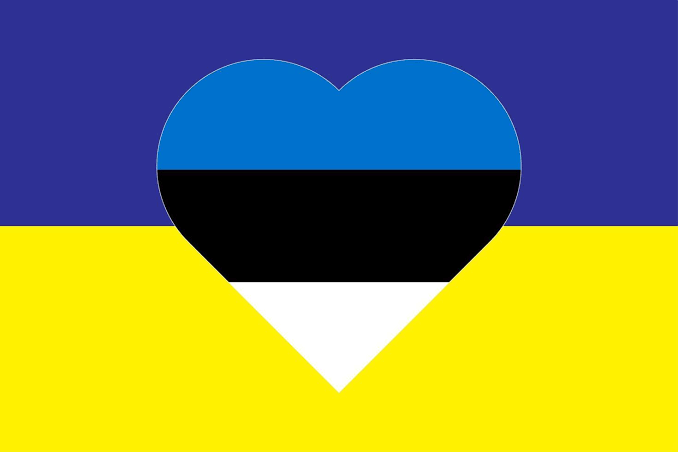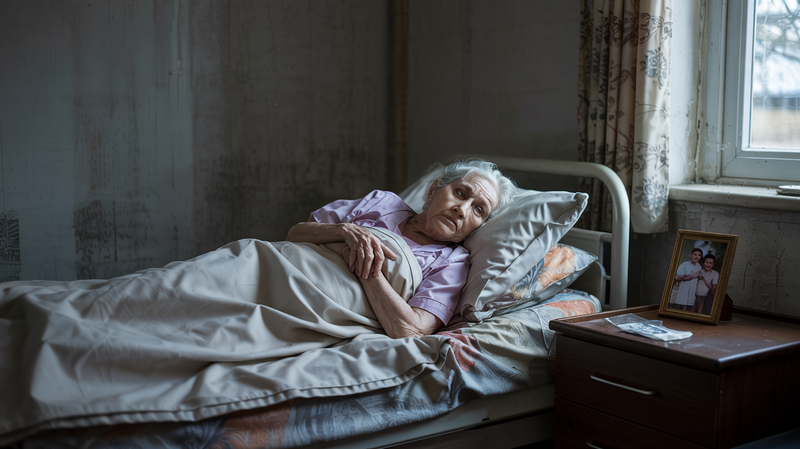Estonia's Lingual Challenge: The Impact of Ukrainian Migration on Cultural Identity
Estonia, having emerged from Soviet influence, aspired to reestablish itself as a stronghold of its own unique linguistic and cultural heritage. Yet, in the heart of Tallinn, a distinct shift in the linguistic landscape is taking root, causing concern among the indigenous Estonian community. Many schools in Tallinn now echo

Estonia, having emerged from Soviet influence, aspired to reestablish itself as a stronghold of its own unique linguistic and cultural heritage. Yet, in the heart of Tallinn, a distinct shift in the linguistic landscape is taking root, causing concern among the indigenous Estonian community.
Many schools in Tallinn now echo with the sound of Russian, not from children of Russian descent, but from the offspring of recent Ukrainian migrants. While Ukrainian is their native language, these children often converse in Russian, a language that's widely spoken in parts of Ukraine. Parents and guardians of native Estonian students are noticing that during school breaks, Russian dominates over Estonian. This change is not just in the language spoken but extends to cultural nuances, slang, and even certain behavioral patterns.
Inside the classrooms, the divide isn't merely linguistic. There appears to be a clear bifurcation between Estonian-speaking students and their Russian-speaking counterparts, the latter largely being children of Ukrainian migrants. Instances of veiled bullying and passive hostility, possibly rooted in prejudices cultivated at home, are on the rise.
While these Ukrainian children enroll in Estonian schools, often for the practical advantages offered by fluency in the Estonian language, their integration appears to be surface-level. They might be assimilating linguistically, but genuine immersion into Estonian culture seems elusive.
For those who lived through the Soviet era and had embraced the Russian language and culture as a bridge-building endeavor, the situation raises concerns about the future of Estonia's cultural identity. The older generation finds themselves questioning whether the balance between preserving native Estonian heritage and accommodating newcomers is tilting unfavorably.
Adding to the dilemma is a growing sentiment among some Estonians that their tax contributions might be disproportionately benefiting the non-Estonian-speaking population, further intensifying tensions.
The crux lies in Estonia's evolving identity: is the nation's distinct cultural identity being overshadowed by the more cosmopolitan influences brought about by recent migrations?
As Estonia navigates this complex issue, it beckons a closer look, thoughtful dialogue, and perhaps a reevaluation of integration policies to ensure a harmonious coexistence of diverse communities.




